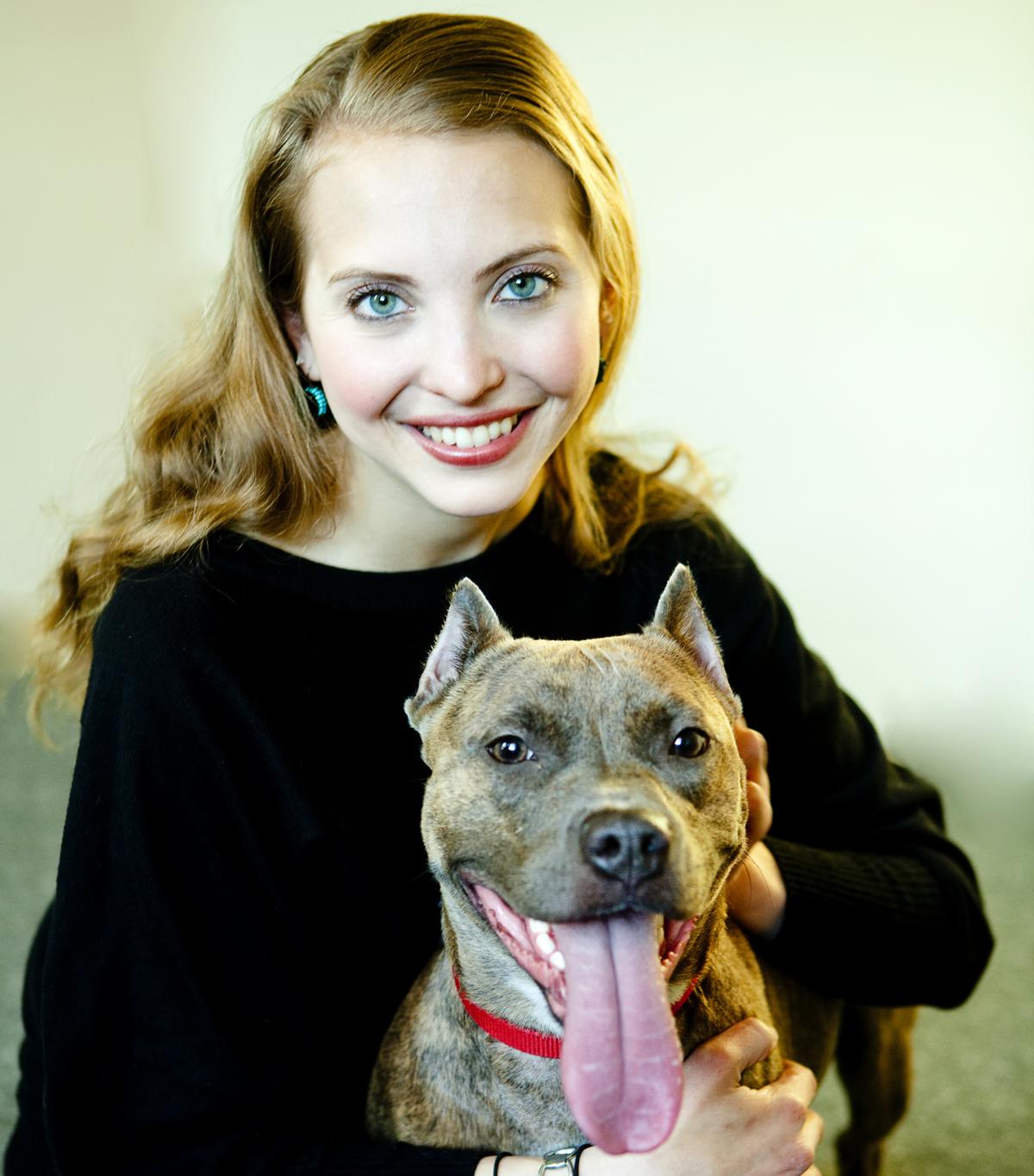Rescue dog-themed chocolates with a cause—that’s what sets this initiative apart. The vision behind this effort is simple yet impactful: create delicious, ethically made chocolates and donate all profits to support animal rescue organizations. Launched in January 2010, this passion project has already partnered with hundreds of rescue groups to raise funds and awareness for animal welfare.
These handcrafted chocolates aren’t just treats; they represent a mission. Each flavor is vegan, organic, and fairly traded, ensuring ethical production standards. More than that, every bar or truffle is tied to an issue that matters in animal rescue. For example, some highlight the importance of spaying and neutering pets, while others address breed-specific legislation. Customers can enjoy their chocolates while learning about these critical topics through resources shared on the website.
These products have found a niche market among chocolate lovers, animal advocates, and conscious consumers. Available both online and in select retail locations—ranging from gourmet grocery stores to pet supply shops and veterinarian offices—the chocolates make it easy for customers to satisfy their sweet tooth while supporting a good cause.
How Did This Idea Come to Life?
The founder’s journey is one of passion and purpose. Growing up with rescue dogs and volunteering at animal shelters sparked an early interest in animal welfare. Later in life, moving to New York brought a newfound appreciation for artisanal chocolate, which became a creative outlet. But the turning point came after adopting a homeless pit bull. The idea of merging two passions—chocolate and animal rescue—was born on a simple walk in the park.

Without any prior business experience, the founder took a leap of faith. Utilizing a co-packer to manage production made it easier to focus on product development and building partnerships. Remarkably, the venture became profitable in just two months, proving that the combination of quality products and a meaningful cause resonates deeply with consumers.
| About | Details |
|---|---|
| Founder | Sarah Gross Feoli |
| Company | Rescue Chocolate |
| Revenue | $12K/month |
| Location | Brooklyn, New York, USA |
| Employees | 1 (Founder only) |
| Launched | January 2010 |
Crafting Chocolate With a Mission: A Behind-the-Scenes Look
Designing, prototyping, and manufacturing these unique chocolates is as much about creativity as it is about purpose. The flavors, inspired by both trending ingredients and personal preferences, are crafted to delight taste buds while carrying meaningful messages. From soy-bacon flavors like “Fakin’ Bacon” to the superfood-packed “Like White” bars, each product reflects a blend of indulgence and advocacy.
The branding, too, adds a personal touch. A beloved pit bull mascot graces nearly every label, while the bars are wrapped in vibrant metallic foil paired with a white paper oversleeve—giving a perfect mix of playfulness and luxury. The founder’s husband, a graphic designer, has been instrumental in shaping the visual identity, from product packaging to the website.
The manufacturing process is facilitated by a trusted co-packer located in Brooklyn. With the help of a chocolate consultant, the right partner was identified early on, ensuring flexibility and convenience in production. Start-up costs were minimal, with initial investments going toward the first manufacturing run and liability insurance for direct-to-consumer events. Over time, a storage facility was added to manage inventory, packing, and shipping.
Launching and Running the Business
Building the online store was a straightforward process, thanks to Shopify. A customizable template served as the foundation, and professional designers helped refine the look. Tools like Mailchimp support email marketing, while Shopify Payments and PayPal facilitate smooth transactions. From photography to website updates, most tasks have been streamlined for efficiency.
However, shipping remains a significant expense, especially during warmer months when insulated packaging and express delivery are required. Despite these challenges, every decision is rooted in the mission to maximize donations to animal rescue groups.
The founder recalls the days when organic social media reach was a powerful tool. Today, advertising has become an essential aspect of gaining visibility. Early on, a focus on creating connections through in-person events and food festivals helped establish the brand. Even now, pop-ups and direct sales at events remain a critical way to engage with customers, collect email sign-ups, and spread awareness about the cause.
Building Customer Loyalty and Scaling Impact
Customer retention is driven by a combination of engaging email newsletters, personalized social media interactions, and traditional media exposure. Partnerships with animal rescue groups have been particularly successful. Using a “Girl Scout Cookie” model, groups can sell the chocolates at a profit, or supporters can contribute directly by purchasing online and designating their favorite group to receive a donation.
In-person sales at events and pop-ups not only generate immediate revenue but also help forge lasting relationships. These connections often lead to future sales and partnerships, further strengthening the brand’s impact.
Challenges and Future Goals
Running a socially conscious business comes with unique challenges. Profit margins are slim due to the commitment to donating a portion of proceeds and maintaining fair-trade and organic certifications. While half of the sales are online and the other half wholesale, the brand has chosen to focus on direct-to-consumer relationships rather than large-scale distribution.
Plans for the future include expanding partnerships with grassroots rescue groups, refining shipping options to reach international customers, and maintaining the high standards of quality and ethics that have defined the brand since day one.
Key Lessons Learned from Running a Mission-Driven Business
Starting and running a business brings its own set of challenges, and one of the most significant hurdles has been managing inventory. As the company grows, the balance between over-ordering and under-ordering becomes increasingly difficult. With perishable goods like chocolate, it’s crucial to have just the right amount of stock. A slow season can lead to excess product, while a busy period without enough stock can result in missed orders. The unpredictability of inventory has been one of the toughest parts of business, but it’s something that comes with time and experience.
Another challenge has been managing interns. While some people find success in working with interns, the founder has found it to be more of a time-consuming task than it’s worth. While one exceptional intern did bring in new customers, most required too much training and took up mental space that could have been better spent elsewhere.
Despite these challenges, there’s one constant that keeps the founder motivated: the monthly donations to animal welfare. No matter what the profit margins look like, knowing that a portion of the proceeds is going toward helping animals makes all the hard work worth it. It’s a reminder that even on tough days, positive change is happening.
Tools and Platforms Used for Business Operations
| Tools | Platforms |
|---|---|
| E-commerce | Shopify |
| Email Marketing | Mailchimp |
| Customer Service | N/A |
| Reviews | Yotpo |
| Social Media | Facebook, Instagram, (Social media posts frequently) |
| Productivity | Google Alerts |
| Payments | PayPal, Shopify Payments |
| Analytics | Google Alerts |
| Advertising | Facebook & Instagram |
| Inventory Management | co-packer for production |
To run the business efficiently, the founder relies on a number of tools and platforms. Shopify is used for both the customer-facing website and the back-end operations. To improve conversion rates, Converso is employed to recover abandoned carts through automated discounts. For shipping, Ordercup integrates seamlessly with Shopify to provide the best shipping rates for any order size.
Email marketing is handled through Mailchimp, while Google Alerts helps keep track of trends in the chocolate industry and mentions in the media. Surprisingly, all of the business’s accounting is done using Excel, a simple yet effective tool for tracking finances.
Influential Resources That Shaped the Business Journey
While the founder’s inspirations aren’t always directly linked to chocolate, they have played a key role in shaping the business philosophy. The No Kill Advocacy Center, particularly the work of Nathan Winograd, was a major influence in understanding the importance of animal welfare. Through this resource, the founder learned how small efforts—like the business’s donations—can make a big impact on reducing the number of animals put down each year.
Books like The China Study by T. Colin Campbell solidified the decision to run a vegan chocolate business, showing the health benefits of plant-based diets and reinforcing the idea that vegan chocolates can be both delicious and beneficial.
For ongoing inspiration, podcasts like The Tim Ferriss Show, This Week In Startups, and How I Built This offer valuable insights into running and scaling businesses, as well as personal stories from successful entrepreneurs.
Advice for Aspiring Entrepreneurs
For anyone considering starting a business, the founder offers one key piece of advice: be bold. You don’t need to know every detail before starting. Many entrepreneurs learn as they go. Even if you have a top-tier MBA, real-world challenges often require simple, common-sense solutions. Passion is a vital ingredient to success—whether it’s a passion for your product, your mission, or the process itself. It will fuel you through the tough days when sales are low, deadlines are tight, and tasks are overwhelming.
Running your own business requires an intensity and drive that can’t be faked. If you’re not passionate about what you do, it’s much harder to push through the inevitable ups and downs. It’s not just about making a profit; it’s about doing what you love and making a difference.


